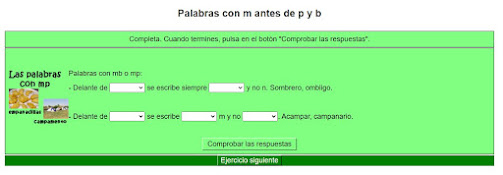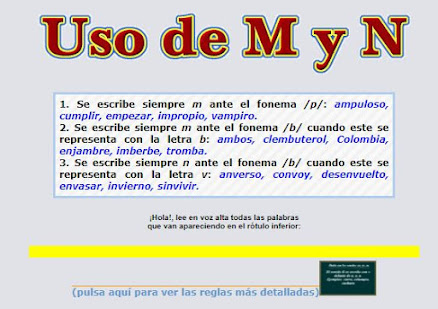martes, 15 de diciembre de 2020
lunes, 14 de diciembre de 2020
MOUNTAINS AND RIVERS OUTSIDE THE MESETA
MOUNTAINS OUTSIDE THE MESETA
What mountain systems are there in northern Spain?
There are four mountain systems in the north of the Iberian Peninsula that do not form part of the Meseta.
• The Galician Massif is in the northwest of the peninsula.
• The Basque Mountains are between the Catalan Coastal Range and the Pyrenees.
• The Pyrenees form a natural border between Spain and France. Aneto is the highest peak of the Pyrenees in Spain.
• The Catalan Coastal Range is in the northeast. The mountains are less than 2 000 metres high.
What mountain systems are there in southern Spain?
 |
| Mulhacén |
The main mountain system is called the Baetic System. There are two main mountain ranges:
• The Penibaetic Range is very close to the Mediterranean coast. Mulhacén is the highest peak on the Iberian Peninsula.
• The Subbaetic Range is further from the coast. It is not as high.
RIVERS OUTSIDE THE MESETA
What are the main river valleys outside the Meseta?
The Ebro River Valley is a fertile area in the northeast of the peninsula. The land where the Ebro flows into the Mediterranean Sea is low, flat and shaped like a triangle. It is called a delta .
The Guadalquivir River Valley is a fertile area in the southeast of the Peninsula. The Guadalquivir flows into the Atlantic Ocean, forming marshlands.
MAPA PARA ESTUDIAR (HAZLO LAS VECES QUE SEAN NECESARIAS)
LA FÁBULA
viernes, 11 de diciembre de 2020
THE MESETA
The Meseta is the largest plateau in Spain. It is in the centre of the Iberian Peninsula, and can be found in Castilla y León, Madrid, Castilla-La Mancha and Extremadura. The elevation is high, with a range of 610 metres to 760 metres. There are two mountain systems on the Meseta:
• The Central System divides de Meseta into two parts: the Northern sub-plateau and the Southern sub-plateau. Its mountain ranges include Somosierra, Guadarrama and Gredos.
 |
| Central System |
• The mountain system called the Toledo Mountains is in Submeseta sur. It separates the Tajo River Valley and the Guadiana River Valley.
 |
| Toledo Mountains |
What mountains surround the Meseta?
The Meseta has four mountain systems that surround it.
• The Mountains of León are in the northwest, between Castilla y León and Galicia.
• The Cantabrian Range is in the north. It is a natural border between Castilla y León to the south and Cantabria and Asturias to the north. Picos de Europa is here.
• The Iberian System is to the east. It separates the Meseta and the Ebro River Valley.
• The Sierra Morena is in the south. It runs between the river valleys of the Guadiana and the Guadalquivir.


















































